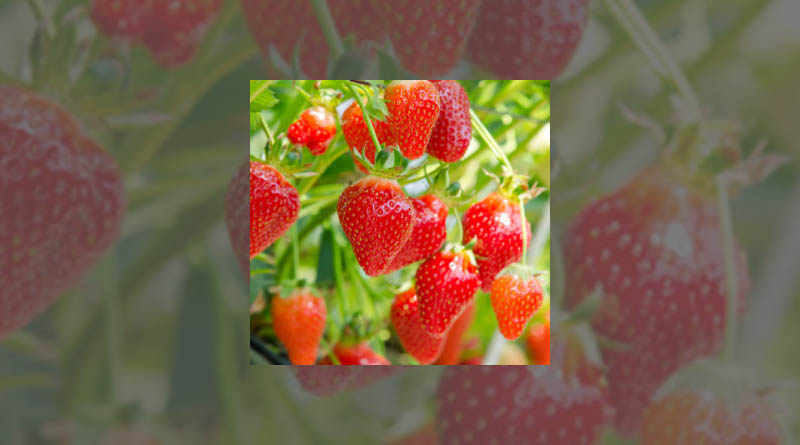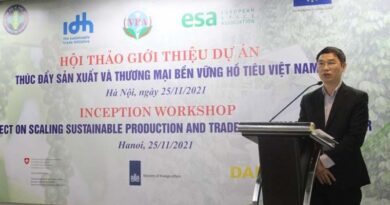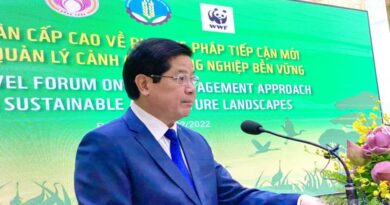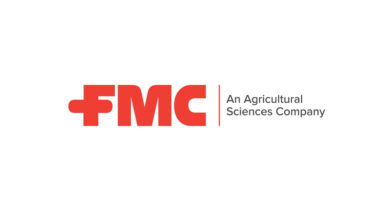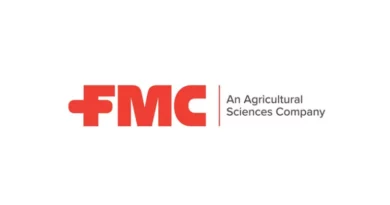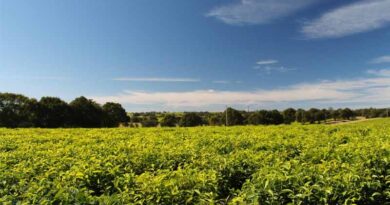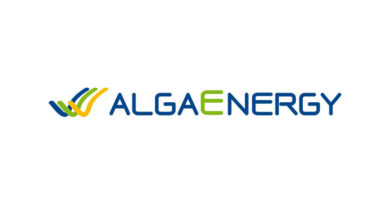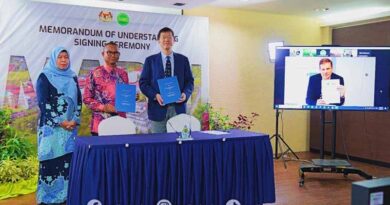A Sustainable Market – About Sustainable Agriculture
20 January 2024, United States: Many agricultural companies understand the importance of Integrated Pest Management (IPM) but do not benefit from the marketing advantages of using the approach because the public at large is not fully aware of them. These advantages can and should be expressed by emphasizing clear and familiar terms, such as soil conservation and biodiversity. Many agricultural companies take pride in the fact that they support sustainable agriculture.
What is Sustainable Agriculture?
Well then – what exactly is sustainable agriculture? Why have so many companies adopted this approach and what makes them so proud of themselves? Sustainable agriculture is agriculture that is efficient and economically justified on the one hand, while it preserves the environment and conserves non-renewable resources as much as possible on the other. As such, it can last over time. In light of the constant increase in the world’s population and increasing global demands for food, the conservation of non-renewable resources (primarily – soil, water and energy) unquestionably tops the list of public priorities. A recent survey conducted in the United States indicated that 70% of the growers are aware of sustainable agriculture and are making efforts to integrate its principles into their routine operations. Numerous methods and approaches can be found under the comprehensive heading of sustainable agriculture:
- Soil Conservation: This approach supports the principle of conserving the soil and its agricultural value while preventing contamination that might be caused by the excess use of fertilizers and pesticides. One of the approach’s corresponding trends is organic agriculture, which prohibits the use of synthetic fertilizers and pesticides. Even though organic agriculture comprises only a small segment of the market (between 5-10%), a 20% annual increase has been noted in recent years – a growth rate much higher than the rate noted for conventional agriculture.
- Water Management: The main principle of this approach is to reduce the use of pumped water to a minimum. This principle is implemented by improving the efficiency of the use of recycled water, by accumulating rainwater and by taking preventative measures against the contamination of water supplies. Drip irrigation is a leading trend that coincides with this approach, as it clearly improves the efficiency of the use of water. An analysis of various sources has shown that with Flood irrigation the efficiency rate is 40%, by growing in garden beds the efficiency rate reaches 50%, the use of sprinklers raises the rate to 75% and with drip irrigation a 90% efficiency rate is achieved.
- Lower Energy Consumption: The principle of this approach is to reduce the use of non-renewable energy sources and to take maximum advantage of renewable energy sources, such as solar energy, geothermal energy or wind energy. Increased use of renewable energy sources will lead to a reduction in the use of oil, gas or coal.
- Carbon Footprint: This approach supports the principle of reducing the amounts of carbon dioxide that pollute the air as a result of certain agricultural processes. The amount of pollution is measured for each process – throughout the stages of the growing process, as well as while processing, packaging and transporting the produce. Part of this approach is evident by the trend to prefer purchasing the produce of small, local farmers that is available only in season: Buy Local – Buy in Season. Lately, this approach has been adopted by the American chain of Walmart shopping centers. The American giant recently pledged to double its purchase of agricultural goods produced locally, during the next four years.
- Biodiversity: This approach supports the conservation of local plants and animals, as much as possible, without disturbing the balance of nature. One of the most notable trends coinciding with this approach is Integrated Pest Management, which calls for the combined use of a variety of pest control methods, primarily: the recycling of crops, sanitation, physical barriers, traps, using natural enemies, the use of microbiological substances and the selective use of pesticides in order to minimize environmental harm.
- Social Responsibility: The principle of this approach is to aid the developing countries by encouraging and promoting the weak, underprivileged sectors of the local population. Fairtrade, the trend that ensures fair and decent prices for growers, coincides with this approach. In 2009, despite the economic crisis, sales of merchandise bearing the “Fairtrade” label rose by 15% throughout Europe, reaching € 3.4 billion.
Why has it become so popular?
Even after receiving a basic explanation and having a general notion of the meaning of sustainable agriculture, the question still remains – why have so many companies adopted the approach and why do they insist on displaying it publicly? The answer is linked to a general marketing trend that has nothing to do with agriculture, known as Cause Driven Purchasing. A large and ever increasing number of consumers are trying to add meaning to the purchases they make – to see their money being used to promote a worthy case. Consumers do not choose products based on quality and price alone. Identification with the social values that companies and brand names represent also serves as a criterion for the selection of products. Sustainable agriculture is an excellent example of a value that many people identify with and are more than willing to support. It rests in the core of the public consensus and arouses no objections. If there are no significant differences in quality or price, purchasing the produce of those companies who claimto have integrated sustainable agriculture is a very convenient way of identifying with and supporting this principle.
Sustainable Agriculture and Biobee
How does all of this relate to Biobee and the farmers who use its products? Or, in other words – nice article, butwhat’s in it for us? Well, the use of integrated biological pest management, aside from being effective and economical, completely coincides with the principles of soil conservation and biodiversity. The problem is that farmers have difficulty deriving marketing benefits from integrated biological management. It is a complex, professional matter that is hard to translate into terms that consumers will want to support. In its publications and advertisements, Biobee emphasizes subjects such as conserving chemical effectiveness, the reduced use of chemicals and meeting minimal risk levels (MRL), which are unquestionably matters of importance to the success of integrated pest management and to agricultural success, but less familiar to the public at large. Therefore, it would be wise for us and for our customers to adopt the approach and publicly declare values that are easier for consumers to understand and to identify with, such as soil conservation and biodiversity.
Also Read: Meghmani Organics Limited forays into crop nutrition segment with Nano Urea
(For Latest Agriculture News & Updates, follow Krishak Jagat on Google News)

